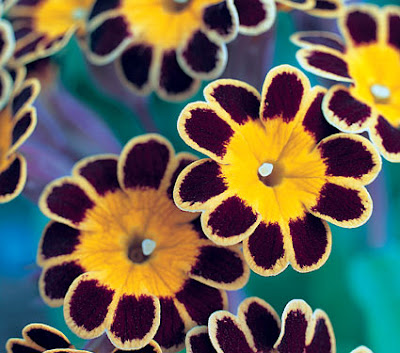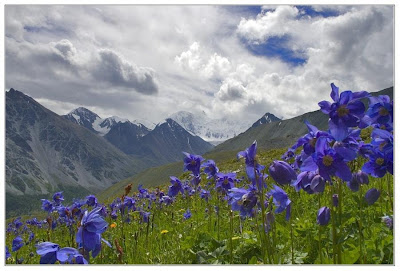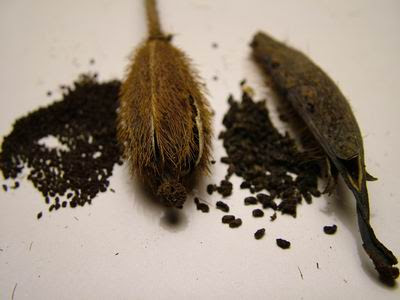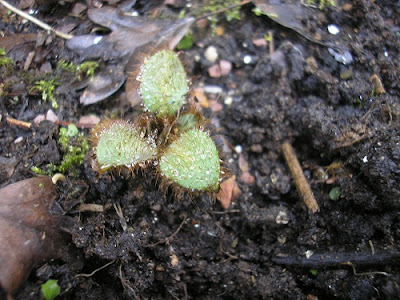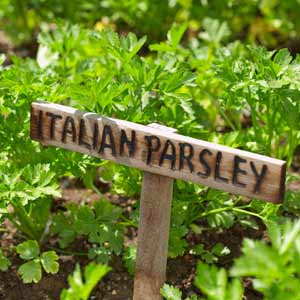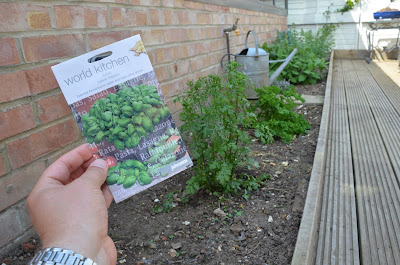 |
| How to grow native wild primroses and polyanthus from seed |
These elegant native wildflowers are slowly disappearing from the English countryside and although it's illegal to collect plant from the wild it is legal to collect their seed for use in propagation. If you have access to plants from cultivated stock them you can also propagate from them by division after they have finished flowering in the autumn.
 |
| How to grow native wild primroses and polyanthus from seed |
The optimum period for stratification is about 4 weeks at a temperature of about 5 degrees Celsius. Any longer and the seed may revert back to dormancy. Once you have your seed, rather than use a standard seed tray try to use a deeper container, something around 4 inches deep as this will help prevent your compost mix from drying out. This is important as low moisture level can reduce primula seed viability. Take a good seed compost like John Innes seed and potting and mix in a quarter of its volume of vermiculite - although some people advocate a completely soilless seed compost for better results.
 |
| How to grow native wild primroses and polyanthus from seed |
Now place the whole container inside a clear plastic bag and secure it closed with a loose knot or plastic-covered wire. This will then make additional watering unnecessary until after the seeds have germinated. Although this may well seem to be an odd technique, this is also done to prevent the compost from drying out reducing the failure of germination.
.JPG) |
| How to grow native wild primroses and polyanthus from seed |
When the first seeds begin to sprout, water again with Benlate and then apply a very thin layer of seed compost over the seeds. Replace the covering tray until the seedlings come up through the compost. Then remove the cover replacing it with either fine netting, polythene, or a glass cloche for protection. Once the first set of true leaves have developed the plants can be transplanted out into a good quality, free draining multi-purpose compost - again you may need to add vermiculite as a quarter of your mix . Keep them well-watered and in partial shade till they're ready to plant out into the garden. Keep an eye out for aphids.
For related articles click onto the following links:
HOW TO GROW AURICULAS FROM SEED
HOW TO GROW BELLIS PERENNIS FROM SEED
How to Grow Primroses from Seed
HOW TO GROW THE PYRETHRUM DAISY FROM SEED
HOW TO PROPAGATE COWSLIPS AND PRIMROSES
OLD ENGLISH PLANTS - Polyanthus ‘Gold Lace’
PRIMROSE AND COWSLIP PESTS AND DISEASES
